Urine was used for many cultures in Ancient times
as a cure for Dandruff.
8 Times Our Ancestors Found Unique Uses for Their Own Pee
A healthy human can pee 4 to 10 times a day, although this depends on many factors. For most of us, pee is nothing but bodily waste, to be flushed down without a second thought. But to our ancestors, it was a golden liquid not to be wasted. From the Romans to the Greeks and the Chinese to the Indians, our ancestors found many innovative uses for it.
Bright Side delved into history and found out how and why our ancestors found uses for their own pee. And check out the bonus at the end, it’s something that may make you look at pee in a whole new light.
1. Ancient Romans used pee for whiter teeth.
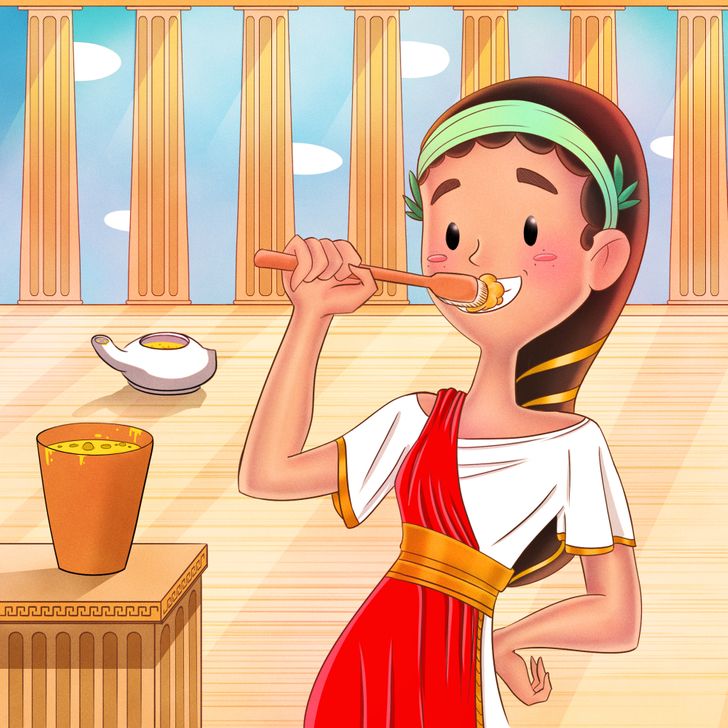
Morning breath is smelly enough. But the ancient Romans took it to a new level by cleaning their teeth with stale pee. The proof lies in the poetry, written by Roman poet Catullus. He warns someone called Egnatius to stop showing off his smiling teeth.
The verse ends in: “Now you’re Spanish: in the country of Spain what each man pisses, he’s used to brushing his teeth and red gums with, every morning.”
Now technically, urine contains urea. In stale urine, the urea turns into ammonia, which is a good cleaning agent. It can dissolve stains and can whiten teeth.
2. In Pompeii, stale pee whitened clothes.
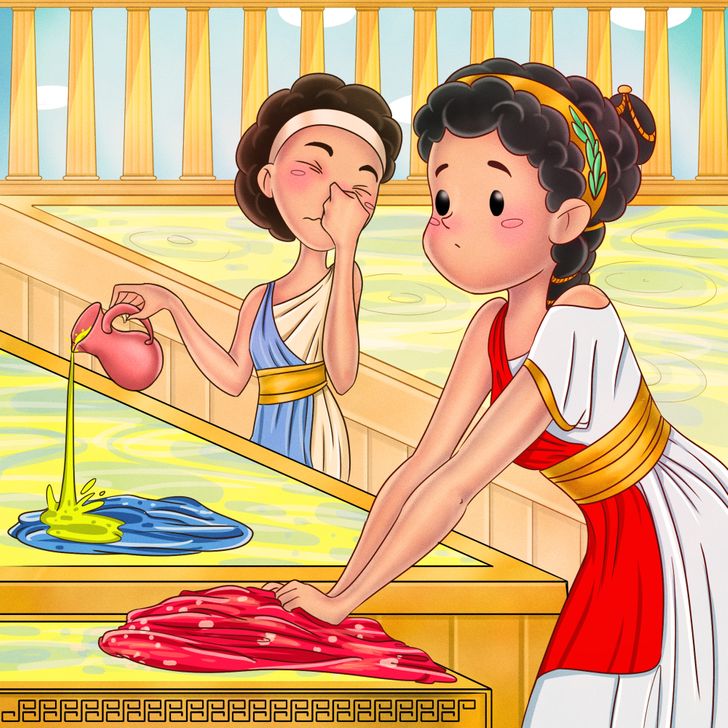
If you check your household cleaners, you may find ammonia in them. It’s a strong cleaner and can break down grease, dirt, and other stains. Ammonia is found in stale pee as well.
And the laundry workers in Pompeii knew this. While the idea of soap was around in Europe even back then, they still used the power of pee. The laundries were called fullonicas, and this is where stained clothes were soaked in stale urine.
To collect the urine, the fullones, as in the laundry workers, would stand near the street vessels where men would relieve themselves. They would then carry the vessels back to the fullonica.
3. Greek doctors prescribed pee to treat acne.
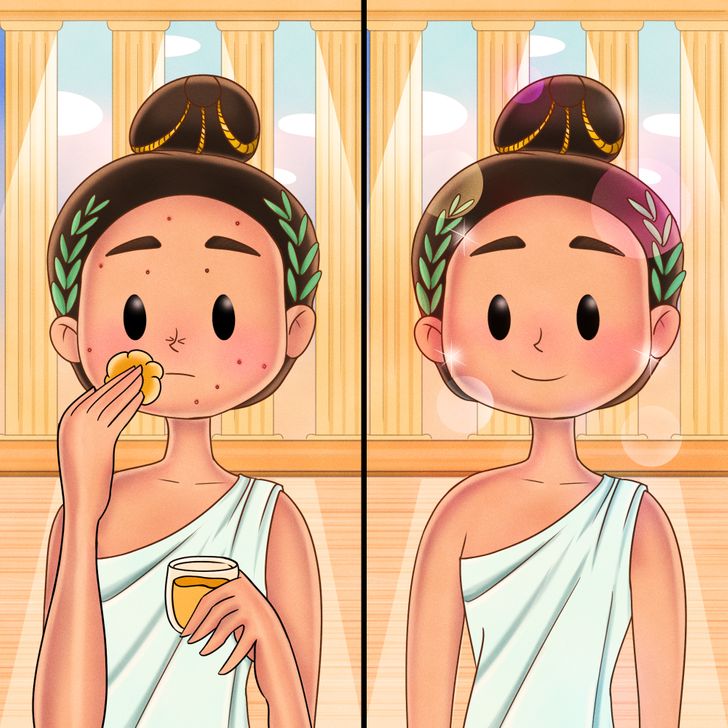
Studies have shown that urea is good for the skin. It finds topical use in the cosmetic industry too. But the dermatologists of today believe pee might cause more skin problems.
Yet, if you had acne as an ancient Greek, Roman, or even Indian, pee would be on your prescription. It was believed that the compounds in fresh pee could clear up breakouts. This is why pee had poetic names at the time, like “gold of the blood” and “elixir of life.”
4. Romans used pee to get brightly colored clothes.
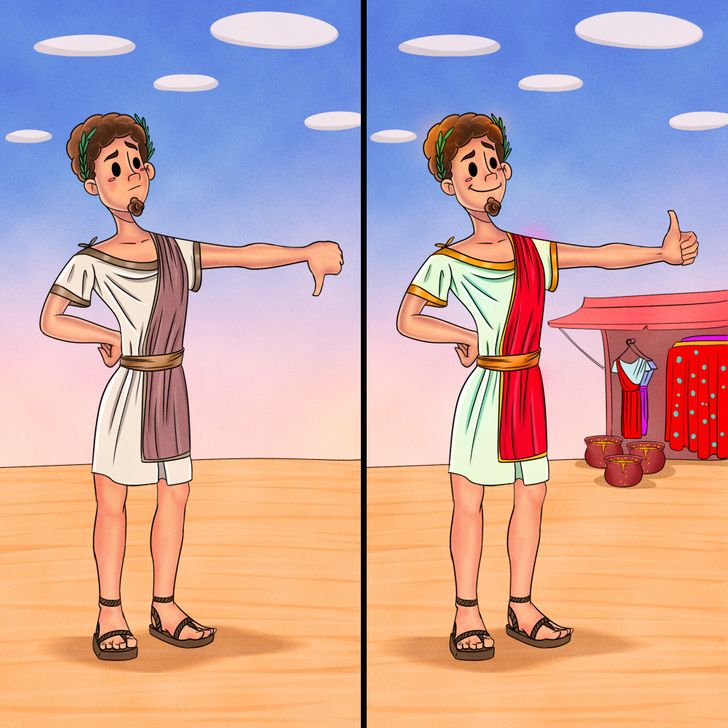
Alum, as in aluminum sulfate, is a mordant. It helps create brighter colors in fabrics and has been used in the dying industry since ancient times. Today, alum can be made in laboratories. Back then, it was made from human pee.
The Romans knew it, and so did the other ancient civilizations, including medieval England. In fact, the history of Yorkshire is based on alum.
The Yorkshire alum industry, at its peak, required 200 tons of urine every year, the pee of 1,000 people. So human pee was imported from London and even Newcastle. Romans meanwhile, managed with their own pee.
5. Ancient doctors diagnosed diabetes by tasting pee.
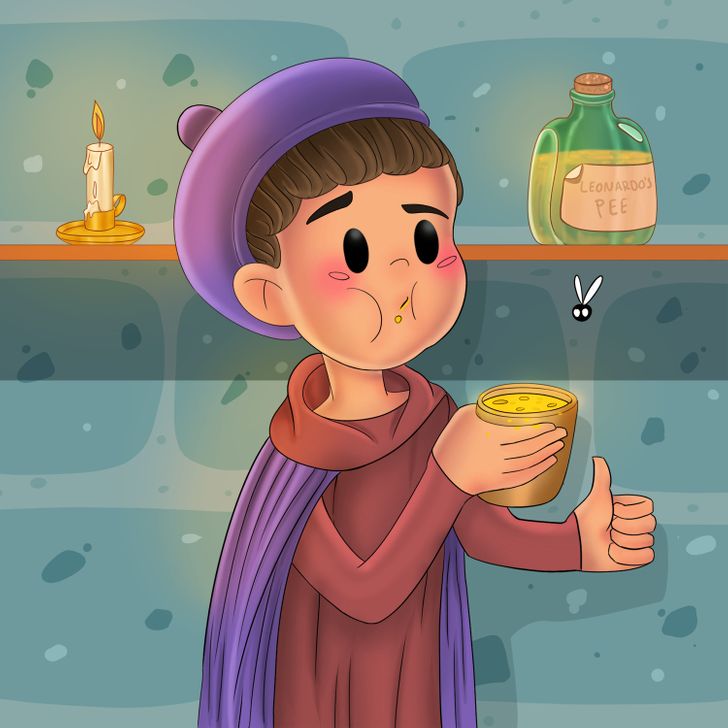
Today, there are blood and urine tests that diagnose diabetes and pregnancy. But centuries back, things were basic. The doctors would not only examine a patient’s pee for color, smell, and consistency, but they would even actually taste it.
Reportedly, English physician Thomas Willis tasted a patient’s urine. He described it as, “wonderfully sweet as if it were imbued with honey or sugar.” He dubbed it “mellitus,” as in honey. The term diabetes mellitus thus finds its origins in pee.
For the ancient Egyptians, a common pregnancy test was for the women to pee on barley seeds. The hormones in the urine made the seeds germinate, making our ancestors pretty scientific in their nature.
6. Chinese & Indian farmers fertilized crops with pee.
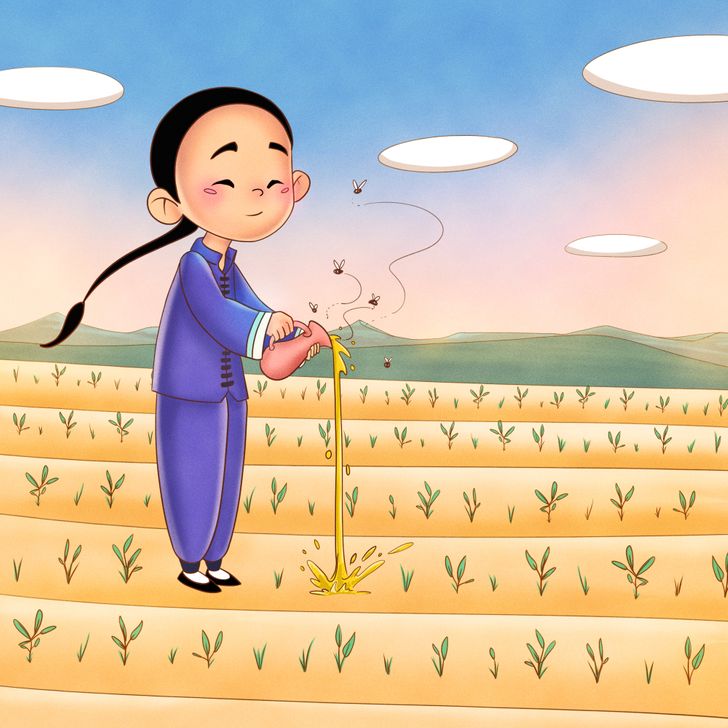
Farmers know that urea makes for better produce. And urine contains urea. Ancient Chinese farmers knew this and used pee to fertilize crops.
This practice was seen in ancient India and cow urine was added to the mix too. Even now, the practice of using pee as fertilizer is seeing a push with permaculture. Many feel that purified human urine is a cheap alternative to fertilizers, especially in places where growing food crops is a challenge.
7. Ancient Asians believed massaging with pee was healing.
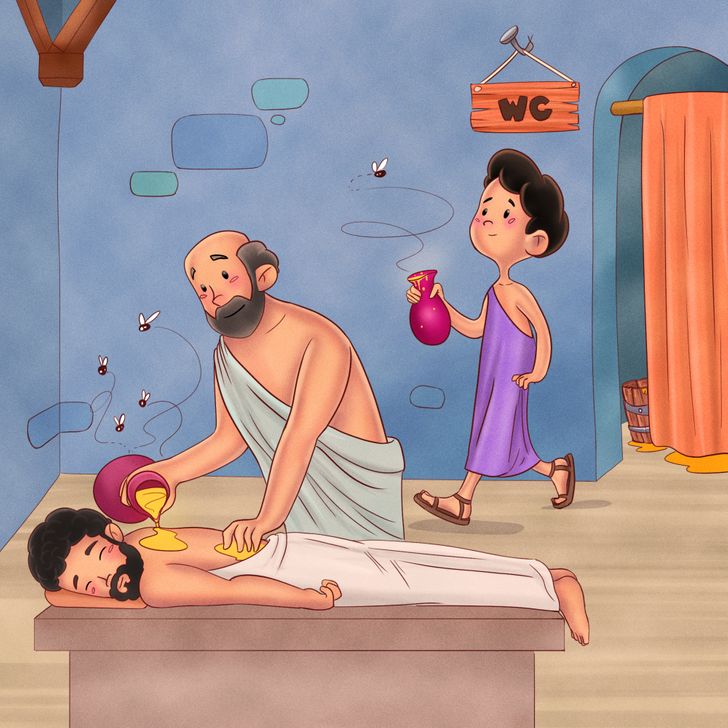
Ancient Asians allegedly used pee during a massage, although it’s unclear if they used their own pee or community contributions.
There was also the belief that urine could cure wounds and skin conditions, and even aid in healing. So massaging the body with urine made sense. Modern studies say that the science behind these beliefs may be true.
8. Our ancestors drank their pee for better health.
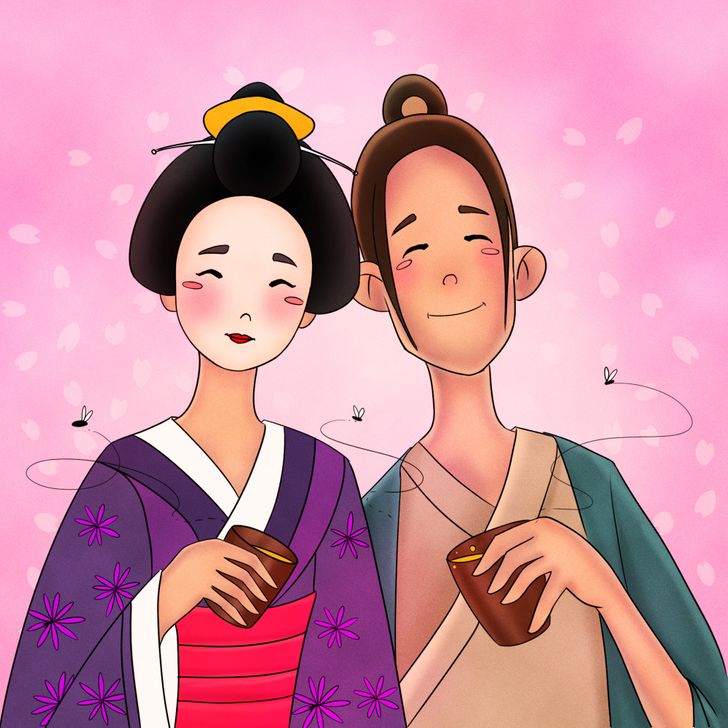
Plenty of ancient texts advise drinking urine, calling it a healthy habit. From ancient India to Japan, China, and other parts of the world, urine has often been considered the cure for many diseases. Prescriptions for urine have been recovered from ancient Egypt, Greece, and Rome as well.
Many in the modern world still believe in this habit, though the medical world continues the debate.
Bonus: In Rome, human pee was taxable.
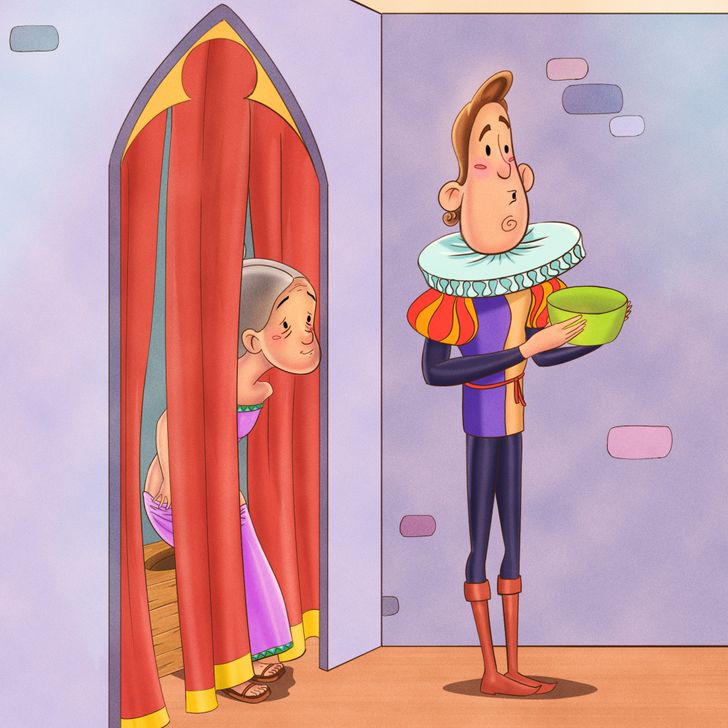
Clearly, pee was precious. It’s no surprise then, that Emperor Vespasian, from Rome, bade the citizens to relieve themselves in public toilets only.
The urine would then be collected, sold, and sent off for various uses. All the tradesmen who used urine actually had to pay a urine tax. So perhaps the golden yellow color of pee is actually the color of money.
Did any of these uses for pee manage to surprise you? Do you also know of any ancient or modern uses for pee?
Subscribe to our podcast on Spotify or Apple podcasts to enjoy our best stories and give a real treat to your ears.
Comments
my granny told me that they used tee as a calming "medicine"
wow that's very weird
using it to wash clothes doesn't seem like a bad idea
bio laundry detergent 😂
The first one is an outright lie. The Romans used a weak solution of vinegar water to keep their teeth white, not their own piss.
Omg So Uncomfortable Why'd you even make this?
Related Reads
14 Things You’re Probably Seeing for the First Time in Your Life
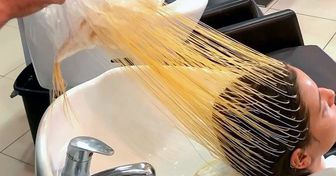
16 Photos of Rare Things That Happen Once in a Lifetime
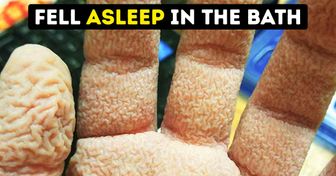
16 Pics Showing That Life With Family Is Always Unpredictable
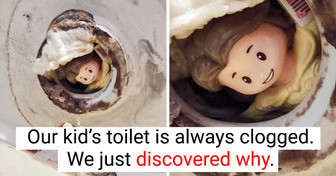
16 Brave Girls Agreed to Compare Makeup Done by Them and by a Professional, and the Results Might Surprise You

14 Grandparents Whose Love Flows Through Every Branch of Their Family

My Daughter Is Calling Her Stepmom "Mom" Instead of Me

15 True Stories That Made Us Say, “The World Has Real Angels in It”

Pierce Brosnan’s Wife Stuns People With Her Transformation During Her Latest Appearance

I Discovered the Shocking Reason My Fiancé Decided to Marry Me

18 Stories About What Can Happen If You Decide to Adopt a Kid

14 True Stories That Remind Us Life Is Full of Suprises and Magical Twists

15 Parents That Deserve an Award for Their Great Sense of Humor
